What Nathan Lyon’s plea for more Test cricket really means as T20 leagues dominate world cricket
Nathan Lyon’s push for more Test cricket is admirable - but actions speak louder than words. And T20 leagues continue to take over the world. Daniel Cherny investigates the solutions.
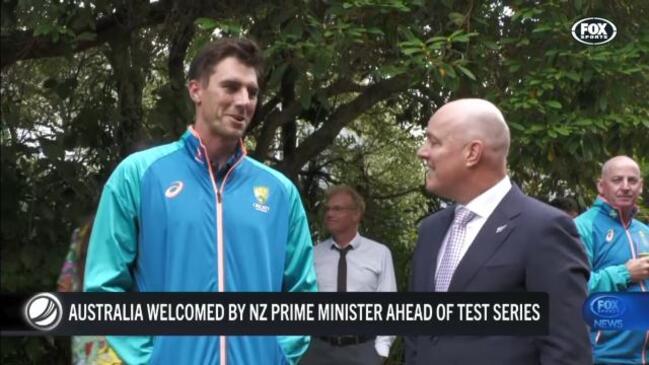
It is only fitting that the Trans-Tasman Trophy series begins on February 29, because if there is one thing cricket needs but will never be able to procure for all the money in the world, it is extra days on the calendar.
Nathan Lyon’s call on Monday for all Test series to be increased to a minimum of three rubbers is a lovely idea, but the creep of Twenty20 leagues is growing, not shrinking. As a Test specialist. it is easy enough for Lyon to push the case, but for the likes of Travis Head, Glenn Maxwell and Josh Inglis, time is money and an extra Test against Bangladesh is one fewer opening to play in some league abroad.
It was instructive that even as he yearns for a return to the Test arena early next year in Sri Lanka, Maxwell will sit out Victoria’s late-season Sheffield Shield matches to focus on preparing his accident-damaged body for the Indian Premier League and Twenty20 World Cup.
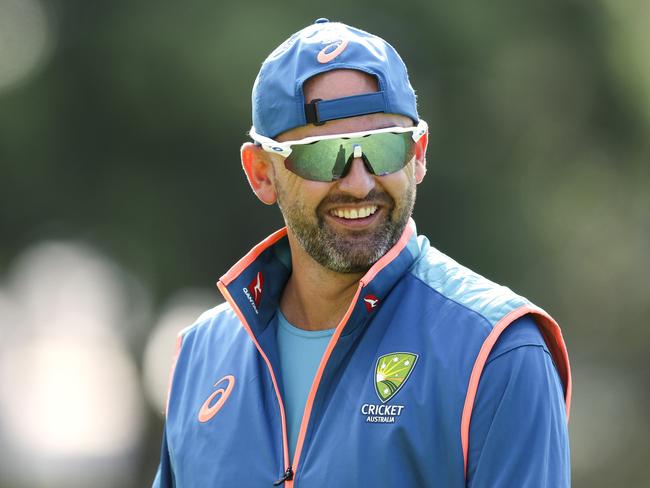
If the primacy of Test cricket remains intact, such a status is precarious and conditional. It is why cricket administrators and broadcasters should be trying to claim the small and easy wins for the format.
The World Test Championship - decades in the making and now in its third cycle - has been a winner. It has provided greater context to all series, even those that may otherwise seem at face value to be more pedestrian affairs.
Australia’s loss to the West Indies at the Gabba in January was momentous on several fronts, but not least that in ceding the 12 available WTC match points to the tourists, the Aussies let their margin for error whittle.
And yet this fact passed by without considerable mainstream recognition. There are several reasons this is the case. Firstly, the two-year league had not yet even reached its halfway point, so the consequences of the defeat were still hypothetical and distant.

But the WTC is also done few favours. The points system, which had been based on overall series performance during the first cycle, was amended to a match-by-match format ahead of the second instalment, eventually won by the Aussies at The Oval last year.
In theory it should have made the competition easier to follow, but the problem is that not all teams play the same amount of matches. It means the standings are instead determined by percentage - the proportion of points claimed by each team relative to those available. Given the disparity between Tests played by the nine competing nations, and once over rates deductions are incorporated, the WTC becomes borderline inscrutable for the average fan.
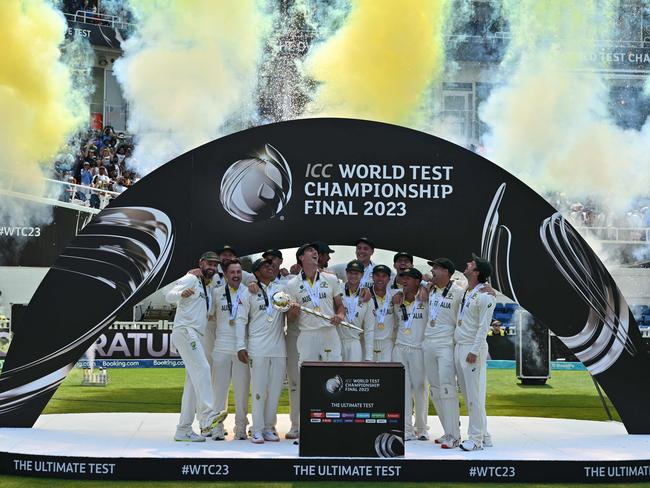
This week’s clash at the Basin Reserve will be Australia’s 11th Test of the cycle, while Bangladesh and Sri Lanka have played just two each.
The WTC is inherently compromised given teams play only six of a possible eight opponents in each window. And there is no way the likes of the Tigers and Windies will contest five-match series now the exclusive domain of Australia, England and India.
The easiest way for the WTC to cut through is for the table to be given greater air time. How many Australian cricket fans would know that New Zealand will enter this series atop the table, two spots ahead of Pat Cummins’ men?
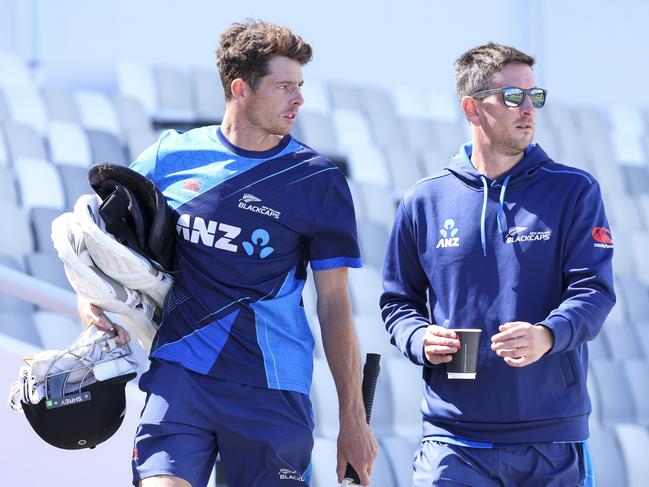
The ICC should be imploring broadcasters and venue big screen operators to be putting up the points table at the start and end of every day’s play. The governing body should be flooding its social media channels with regular updates of the standings and pushing a series predictor where supporters can plot the permutations of the remaining matches before the final in June, 2025.
Tennis and American college sports have ubiquitous seeing prefixes for players that appear on scoreboards and in media coverage. Why not bill a series like this: (1) New Zealand v (3) Australia.
Cricket can’t invent a February 30, but it can get creative with certain numbers.





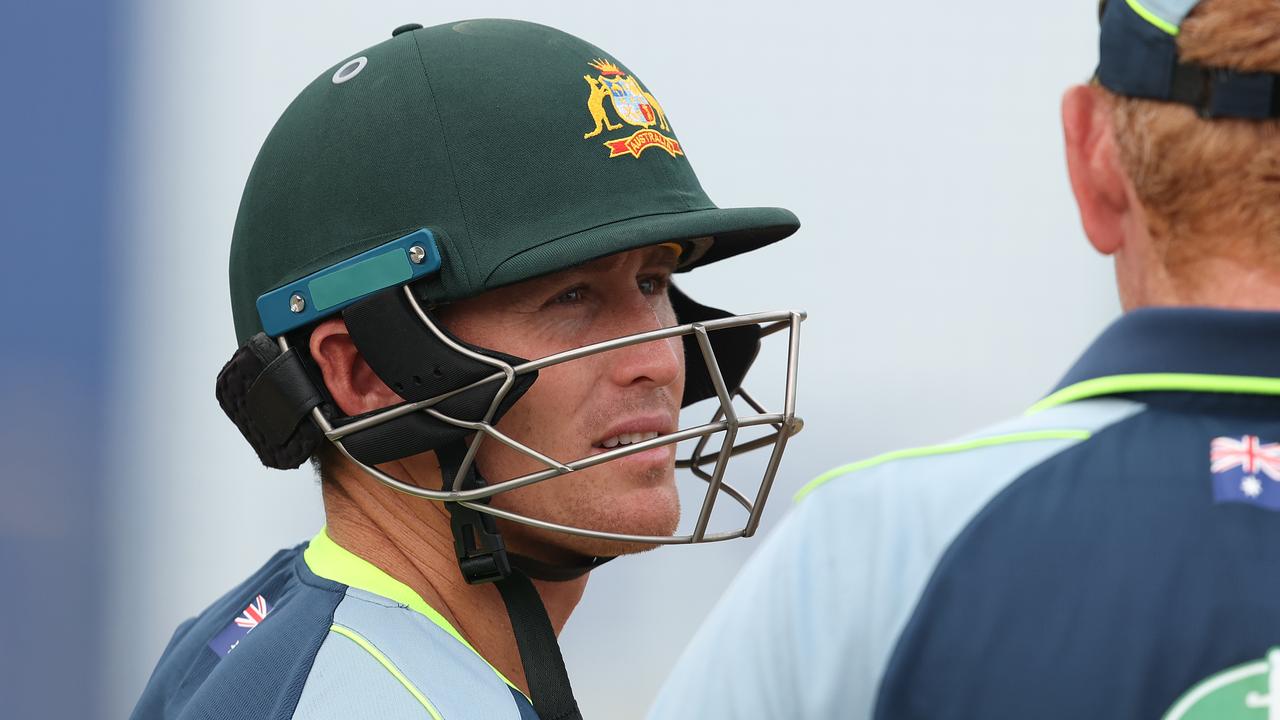
To join the conversation, please log in. Don't have an account? Register
Join the conversation, you are commenting as Logout